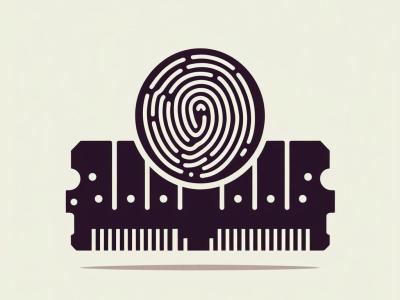DRAM-based PUF

- Citation Author(s):
-
Enas Abulibdeh
(System on Chip Lab, Electrical Engineering and Computer Science, Khalifa University, Abu Dhabi 127788, UAE)
Leen Younes(System on Chip Lab, Electrical Engineering and Computer Science, Khalifa University, Abu Dhabi 127788, UAE)
Baker Mohammad(System on Chip Lab, Electrical Engineering and Computer Science, Khalifa University, Abu Dhabi 127788, UAE)
Hani Saleh(System on Chip Lab, Electrical Engineering and Computer Science, Khalifa University, Abu Dhabi 127788, UAE)
Mahmoud Al-Qutayri(System on Chip Lab, Electrical Engineering and Computer Science, Khalifa University, Abu Dhabi 127788, UAE)
Khaled Humood (Department of Electrical and Computer Engineering, University of Edinburgh, Edinburgh, Scotland) - Submitted by:
- Enas Abulibdeh
- Last updated:
- DOI:
- 10.21227/rwtn-py97
- Data Format:
 357 views
357 views
- Categories:
- Keywords:
Abstract
Securing systems with limited resources is crucial for deployment and should not be compromised for other performance metrics like area and throughput. Physically Unclonable Functions (PUFs) emerge as a cost-effective solution for various security applications, such as preventing IC counterfeiting and enabling lightweight authentication. In the realm of memory-based PUFs, the physical variations of available memory systems, such as DRAM or SRAM, are exploited to derive an intrinsic response based on the accessed data row. This study introduces an innovative design of a DRAM-based PUF that utilizes the variations of adjacent DRAM cells to extract a reliable and secure key. The dataset, which is used for validating the proposed design, is generated through Monte Carlo simulations implemented on the Cadence tool. The simulation environment is configured, featuring 11 DRAM devices, each comprising 5K data rows and an 8-bit width. Each DRAM device is associated with a folder containing voltage data collected for each bit, along with the corresponding evaluated response. Additionally, the device folder contains a concatenated 8-bit response.
Instructions:
The dataset includes 11 folders one per DRAM-PUF device. Each folder contains 9 CSV files: 8 files are the voltage and the evaluated response bit and the 9th file concatenates the individual bits in one file to form an 8-bit response.









